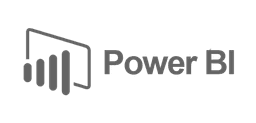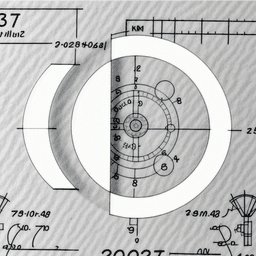Laryngeal Voice Disorder Dataset (Synthetic)
Patient Health Records & Digital Health
Related Searches
Trusted By




"No reviews yet"
£199.99
About
The Laryngeal Voice Disorder Dataset (Synthetic) is designed for educational and research purposes to analyze the acoustic features of vocal disorders, such as Paresis, Dysphonia, and healthy voices. The dataset includes anonymized, synthetic data on various speech features for individuals with different voice conditions, facilitating research in voice disorder analysis and classification.
Dataset Features
- Jitter: The variation in pitch over time.
- Shimmer: The variation in amplitude over time.
- GNE (Glottal Noise Excursion): The extent of noise in the glottal signal.
- Irregularity: A measure of irregularity in voice.
- Noise: The amount of noise present in the signal.
- OverallSeverity: A severity score representing the overall condition of the voice.
- mean_F0: The average fundamental frequency of the voice.
- SD_F0: The standard deviation of the fundamental frequency.
- Max_F0: The maximum fundamental frequency.
- Min_F0: The minimum fundamental frequency.
- Diagnosis: The diagnosed voice condition (Paresis, Dysphonia, or healthy).
Distribution

Usage
This dataset can be used for the following applications:
- Voice Disorder Diagnosis: Train machine learning models to classify and predict voice disorders based on acoustic features.
- Speech Therapy Research: Analyze the effects of various voice conditions on speech production.
- Healthcare Analytics: Investigate the relationship between voice disorders and other medical conditions.
- Educational Purposes: Provide a dataset for students in speech pathology, data science, and healthcare analytics to explore real-world issues in voice disorder diagnosis.
Coverage
This synthetic dataset is fully anonymized and adheres to privacy standards. It includes a variety of acoustic features to support research in voice disorder detection, severity analysis, and classification.
License
CC0 (Public Domain)
Who Can Use It
- Voice Disorder Researchers: To explore the relationship between voice features and specific voice disorders.
- Speech Therapists and Clinicians: To study how different voice disorders manifest in speech and to develop treatment plans.
- Data Scientists and Machine Learning Practitioners: To build predictive models for diagnosing voice disorders based on acoustic data.
- Educators and Students: As a resource for studying voice analysis, speech pathology, and healthcare analytics.
